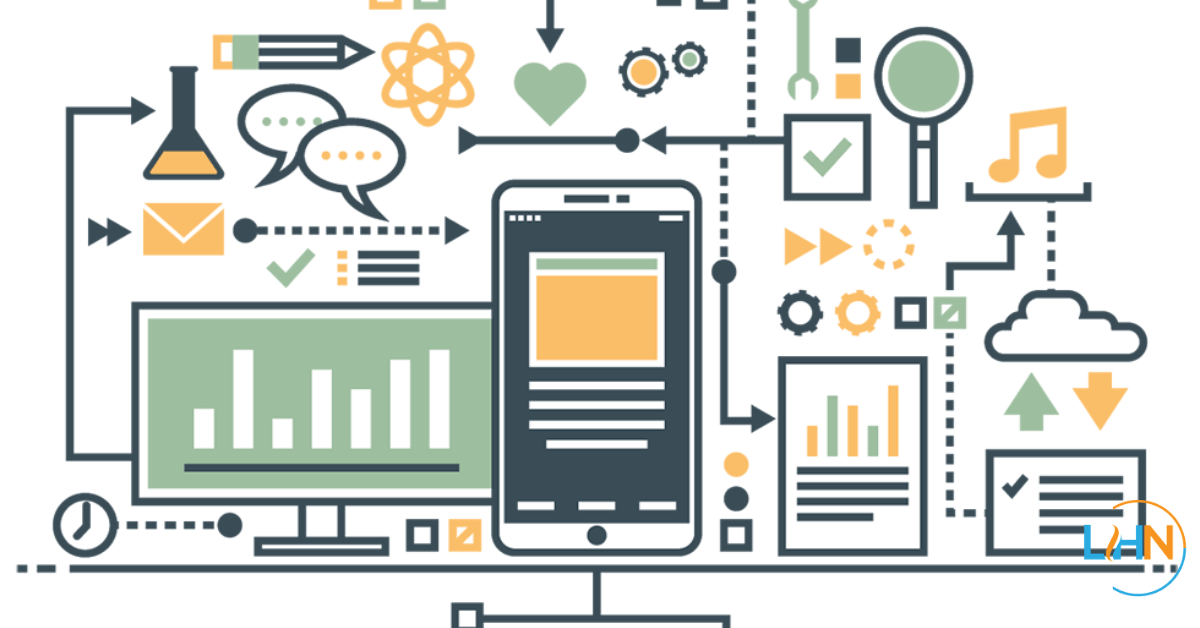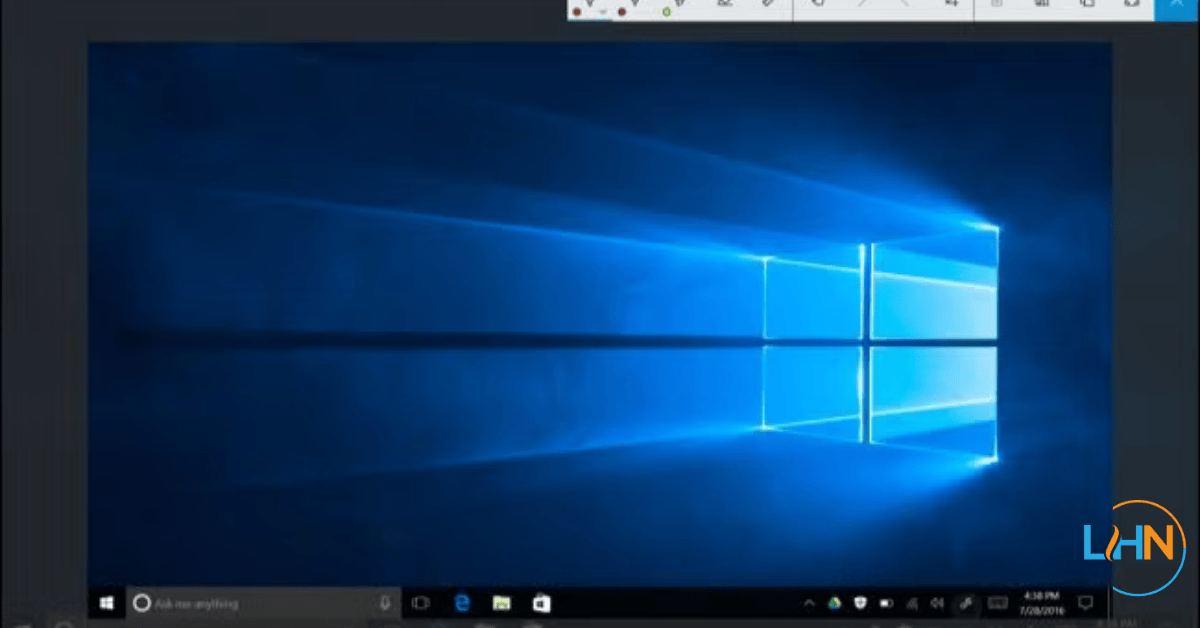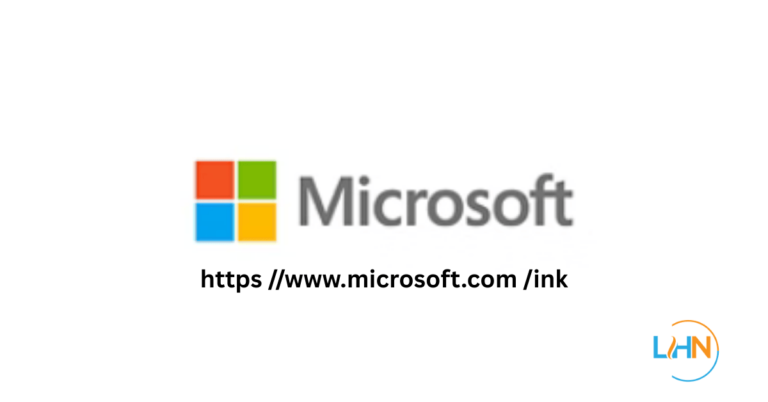In the digital era, the way we capture ideas, take notes, and create content has transformed dramatically. Microsoft’s digital inking platform, accessible at https //www.microsoft.com /ink, is a pioneering technology designed to bring the natural experience of pen and paper into the digital world. Whether you’re a student, professional, or creative enthusiast, this guide will help you explore the power and potential of Microsoft Ink to elevate your workflow and creativity.
What is https //www.microsoft.com /ink?
At its core, Microsoft Ink is an advanced digital pen input platform built into Windows 10 and later. It allows users to write, draw, annotate, and interact with their devices in a way that closely mirrors traditional handwriting and sketching. The platform integrates hardware capabilities—like stylus pressure sensitivity and touchscreen responsiveness with intelligent software that interprets strokes for seamless digital expression.
This bridge between physical pen use and digital technology enhances user interaction, making digital devices more intuitive and versatile.
Key Features and Capabilities
Microsoft Ink offers a rich set of features designed to enhance productivity and creativity:
-
Natural Pen Input: Experience fluid and responsive writing with precise pressure and tilt detection, making your digital strokes feel authentic.
-
Ink-to-Text and Shape Recognition: Convert handwritten notes into editable typed text or convert sketches into clean geometric shapes instantly.
-
Math Equation Support: Easily write complex formulas by hand, which Microsoft Ink converts into digital, editable math text.
-
Gesture Controls and Palm Rejection: Smart algorithms distinguish intentional pen strokes from accidental touches, providing a smooth user experience.
-
Windows Ink Workspace Tools: Includes Sticky Notes for quick reminders, Sketchpad for freeform drawing, and Screen Sketch for annotating screenshots.
These features are thoughtfully designed to suit a wide variety of tasks, from casual note-taking to detailed professional design.
Seamless Integration with Windows and Microsoft Apps
One of Microsoft Ink’s greatest strengths is its deep integration within the Windows ecosystem:
-
Microsoft Office Compatibility: Ink functionality is embedded in Word, PowerPoint, Excel, and OneNote, allowing for direct annotation, editing, and interactive presentations.
-
Windows Ink Workspace: A centralized hub where users can quickly access inking tools and applications, streamlining the digital inking experience.
-
Third-Party App Support: Developers can integrate Microsoft Ink APIs into their software, expanding its usability beyond native Microsoft apps.
This integration ensures that users can fluidly switch between different workflows without losing the natural feel of pen input.

Device Compatibility and Hardware Essentials
To enjoy Microsoft Ink at its best, your device must support digital pen input:
-
Compatible Windows devices include Surface tablets and laptops with touchscreen and active stylus support.
-
The Surface Pen and other compatible styluses unlock advanced features like pressure sensitivity and tilt detection.
-
Cloud synchronization via a Microsoft account enables your notes and annotations to stay consistent across multiple devices.
With this robust hardware and software synergy, digital inking becomes a natural extension of your productivity tools.
Boosting Productivity with Microsoft Ink
Microsoft Ink transforms how users capture ideas and collaborate:
-
Annotation & Markup: Quickly highlight and comment on documents and presentations for efficient feedback.
-
Collaborative Whiteboarding: The Whiteboard app allows real-time teamwork and brainstorming.
-
Screen Capture & Editing: Use Screen Sketch to take screenshots and immediately annotate, ideal for quick communication.
-
Sticky Notes Sync: Keep reminders and ideas handy across your devices with digital sticky notes.
These productivity boosters make Microsoft Ink a valuable tool for professionals, educators, and students alike.
Practical Use Cases
Education
Students and educators use Microsoft Ink for interactive lessons, dynamic note-taking, and visual problem-solving, making learning more engaging and effective.
Business and Professional
Professionals annotate contracts, brainstorm ideas, and enhance presentations with real-time ink annotations, improving communication and workflow.
Creative Arts
Artists and designers utilize Microsoft Ink’s brush effects and precise input to create digital illustrations and designs effortlessly.

Getting Started with Microsoft Ink
-
Open Windows Ink Workspace: Click the pen icon on the taskbar to launch ink tools.
-
Customize Your Pen: Adjust pen color, thickness, and pressure sensitivity to match your preferences.
-
Use Ink in Applications: Try writing or drawing in apps like OneNote or Word to experience Microsoft Ink’s capabilities firsthand.
-
Explore Advanced Features: Experiment with ink-to-text conversion, shape recognition, and math input for enhanced functionality.
Advanced Developer Tools and Customization
For developers and advanced users, Microsoft Ink offers:
-
APIs to embed ink capabilities in custom apps.
-
Customization for gesture controls, palm rejection, and input responsiveness.
-
Sample libraries and documentation to facilitate application development.
This expands Microsoft Ink beyond personal use into tailored enterprise solutions.
Troubleshooting and Optimization Tips
Common issues like pen lag or connectivity can often be resolved by:
-
Updating device drivers.
-
Calibrating pen input.
-
Ensuring system and application updates are current.
Optimizing device settings helps maintain a smooth and reliable inking experience.
Privacy and Security
Microsoft prioritizes protecting your data with:
-
Encrypted storage and synchronization.
-
User control over app permissions.
-
Secure handling of ink data within Microsoft’s privacy framework.
Users can confidently use Microsoft Ink without compromising their privacy.
Future of Microsoft Ink
Microsoft is continuously innovating, with upcoming enhancements focusing on:
-
AI-powered handwriting and shape recognition.
-
Improved cross-device sync and cloud integration.
-
Expanded support for diverse languages and scripts.
These advances promise a smarter, more adaptive digital inking future.
Frequently Asked Questions (FAQs)
Q1: Which devices support Microsoft Ink?
A: Most Windows 10/11 touchscreen devices with active pen support, including Surface devices.
Q2: Can I use Microsoft Ink without a stylus?
A: Yes, touch and mouse input work, but stylus provides the best experience.
Q3: Is Microsoft Ink available on mobile?
A: Limited support exists primarily on Windows tablets and phones.
Q4: How do I convert handwriting to text?
A: Use ink-to-text features in apps like OneNote and Word.
Q5: Can I collaborate using Microsoft Ink?
A: Yes, apps like Whiteboard enable real-time collaboration with ink.
Q6: Is Microsoft Ink free?
A: Included with Windows; some advanced features may require Microsoft 365.
Conclusion
Microsoft Ink at https //www.microsoft.com /ink is a transformative digital inking platform that blends the familiarity of handwriting with modern technology. Its broad features, deep integration, and continuous evolution make it essential for anyone looking to enhance creativity, learning, or productivity on Windows devices. By embracing Microsoft Ink, users unlock new ways to express ideas naturally and collaborate efficiently in today’s digital world.
For more Latest News, tips, and helpful guides, feel free to visit our website: Life Hack News

